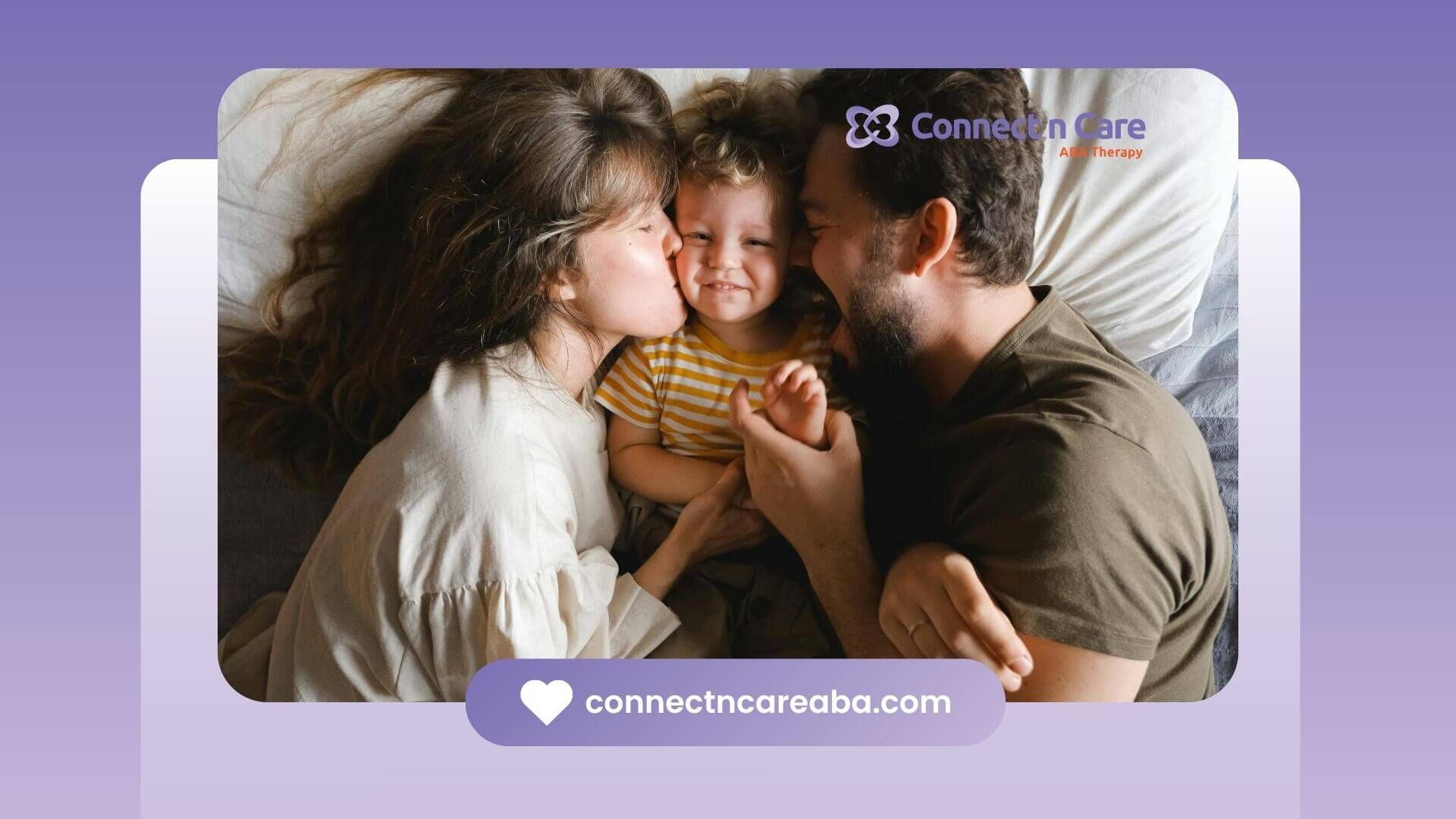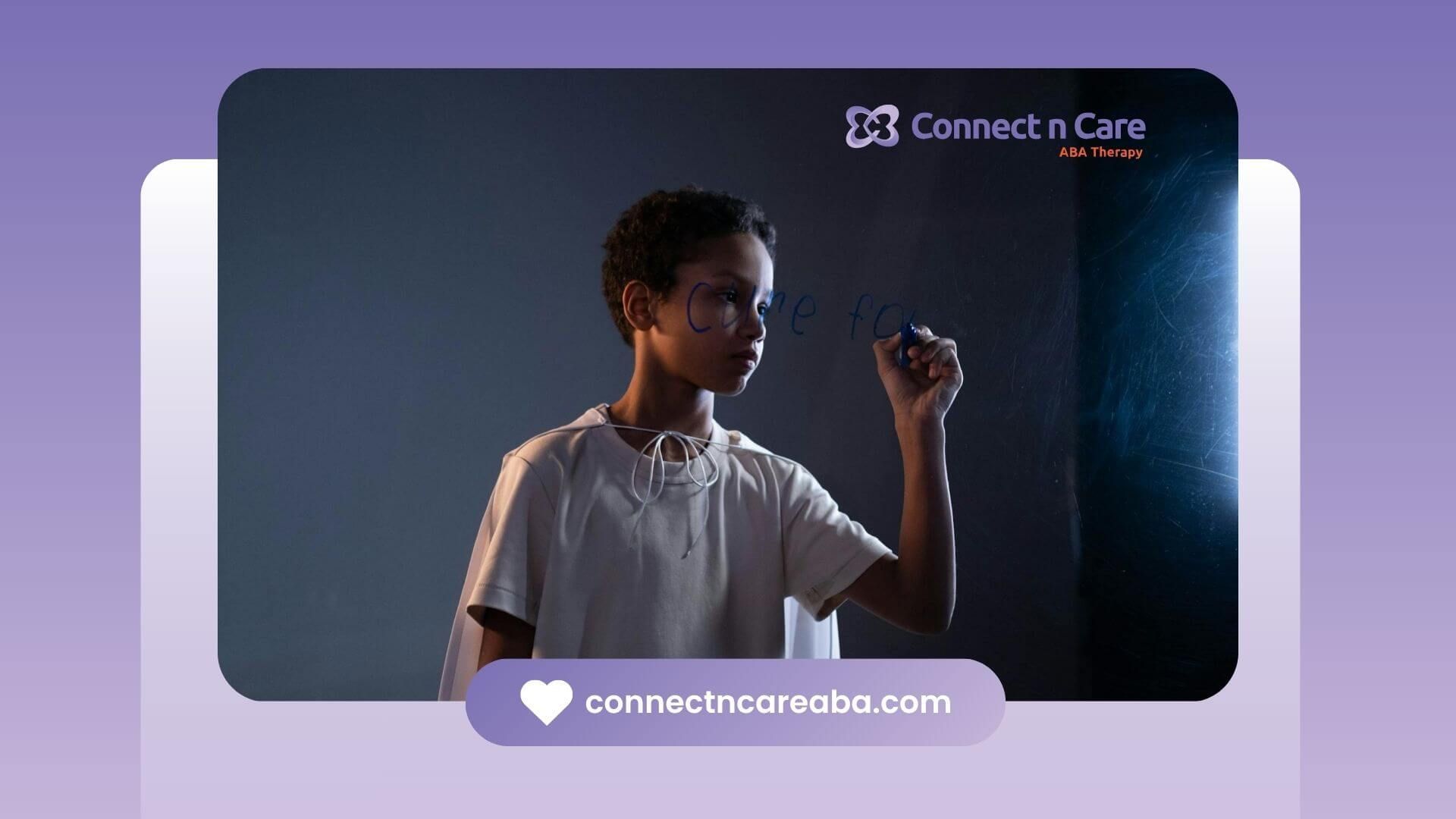Applied Behavior Analysis (ABA) therapy is a cornerstone for individuals with developmental or behavioral challenges, promoting a structured approach to acquiring essential life skills. Prompting is a central concept in ABA and understanding the prompt hierarchy is crucial for effective therapy. This article offers an overview of prompting in ABA, including several examples of practical application.
What is Prompting?
In ABA, a prompt is an assistance or cue given to a learner to help them complete a specific task or demonstrate a desired behavior. Over time, the aim is to reduce the dependency on prompts, enabling the individual to achieve independence in the targeted behavior or skill.
The Prompt Hierarchy in ABA
The prompt hierarchy is an ordered sequence of prompts, ranging from the most intrusive to the least:
1. Full Physical Prompt:
Here, the therapist physically guides the learner through the entire task.
2. Partial Physical Prompt:
Only part of the task involves physical guidance, allowing completion independently for the rest.
3. Modeling:
The therapist demonstrates the desired behavior, prompting imitation.
4. Gesture Prompt:
Gestures or pointers cue the learner towards the task.
5. Verbal Prompt:
Simple instructions verbally guide the learner.
6. Positional Prompt:
Objects are positioned to make the desired behavior more likely.
7. Independent:
The ultimate goal where the learner operates without any prompts.
What is the Hierarchy of Prompting Speech?
Communication skills and language acquisition in ABA also employ a similar hierarchy. By gradually decreasing guidance for the learner, the therapist facilitates independent skill mastery:
1. Full Verbal Prompt:
The therapist provides the complete response.
2. Phonemic Prompt:
Phonetic or sound-based hints are given.
3. Syntax or Semantic Clue:
Hints related to sentence structure or meaning guide the learner.
4. Choice Prompting:
Limited options serve as cues.
5. Visual or Pictorial Prompts:
Visual aids, like flashcards, assist speech or responses.
6. Independent Response:
Communication without any prompting.
The Importance of Prompting Hierarchy
Navigating the prompt hierarchy is crucial in the learning process, and here’s why:
It facilitates learning:
The prompting hierarchy is like a ladder. Each rung or step provides the support a learner needs at that specific stage. It ensures that a learner can grasp and perform tasks at their own pace.
It promotes independence:
The ultimate aim of the prompting hierarchy is to gradually reduce the support, allowing the learner to do tasks on their own. As a learner becomes more skilled, they need fewer and fewer prompts.
It reduces frustration:
If we give too much help, learners can feel bored or dependent. But if we give too little, they can feel lost or frustrated. The prompting hierarchy helps find the right balance of support.
Most to Least Cueing Hierarchy
Another significant concept is the "most-to-least" cueing hierarchy. This strategy starts with the most directive cues, reducing the level of assistance as the learner gains proficiency, ensuring immediate success and boosting confidence.
An Example of a Prompt Hierarchy
Consider the process of teaching a child with autism to tie their shoes:
For many of us, tying our shoes is an automatic, almost unconscious act. But for a child with autism, it can be a complex challenge requiring deliberate instruction and practice. The prompt hierarchy provides a structured, step-by-step approach to mastering this essential life skill.
1. Full Physical Prompt
At this stage, the therapist provides complete, hands-on guidance. The therapist takes the child's hands in theirs, moving them through each step of the shoe-tying process.
Application:
As the child watches, they feel the motions and sequences involved in creating the loops, bunny ears, or whatever specific knot is being taught. This tactile experience is crucial for understanding the physical mechanics of the task.
2. Partial Physical Prompt
The child now has some foundational understanding of the task. Here, the therapist only assists with the more challenging aspects.
Application: If the child struggles with, say, holding both loops without them slipping, the therapist might step in just for that part, allowing the child to complete the rest of the tying process independently.
3. Modeling
Often, seeing is understanding. The therapist ties their own shoe or uses a model shoe, providing the child with a visual reference to follow.
Application: After watching the demonstration, the child attempts to replicate the process on their own shoe. This mimicking reinforces the steps and sequences involved.
4. Gesture Prompt
Non-verbal cues serve as subtle reminders at this stage. The therapist doesn't intervene physically but uses gestures to guide the child.
Application: If the child pauses, uncertain about the next step, the therapist might point to the loop or the lace, nudging the child's memory and directing their actions.
5. Verbal Prompt
Words replace physical actions. The therapist offers spoken guidance, often breaking down the tying process into smaller, digestible steps.
Application: As the child begins to tie, the therapist might say, "Cross the laces," followed by "Pull one lace under the other," sequentially guiding the child through each action.
6. Positional Prompt
The environment can be a subtle guide. Here, the therapist arranges the items in a way that makes the next step of the process more intuitive.
Application: If the next step is to make a loop, the therapist might position one lace slightly higher, encouraging the child to naturally pick it up and form the loop.
7. Independence
The culmination of all the learning and practice. At this stage, the child is equipped with the knowledge and muscle memory to tie their shoes without any external guidance.
Application:
With confidence and skill, the child bends down, takes both laces, and ties them into a neat bow, all on their own.
Each step of this hierarchy builds upon the last, offering the child scaffolded support tailored to their evolving proficiency. The end goal isn't just to tie a shoe but to imbue the child with the confidence and autonomy to tackle myriad other life tasks.
In conclusion, the prompt hierarchy in ABA is more than just a sequence of cues; it's a strategic approach that enhances learning and fosters independence. Proper understanding and implementation are pivotal in guiding learners towards mastering life's essential skills.
Frequently Asked Questions
What is prompt hierarchy in ABA?
Prompt hierarchy in Applied Behavior Analysis (ABA) refers to the systematic use of various types of prompts (such as verbal, gestural, or physical) to help an individual learn a new behavior. The hierarchy starts with the least intrusive prompt (like a verbal cue) and gradually increases to more intrusive prompts (such as physical guidance) as needed. The goal is to reduce reliance on prompts over time, promoting independent behavior.
How does prompt hierarchy work in ABA therapy?
In ABA therapy, prompt hierarchy is used to guide a learner through a task step-by-step, starting with less intrusive prompts (like verbal or visual cues). If the learner does not respond correctly, more direct prompts (like physical guidance) are provided. As the learner gains skills and confidence, the therapist gradually reduces the level of prompting until the learner can perform the task independently.
What are the types of prompts used in prompt hierarchy in ABA?
The types of prompts used in a prompt hierarchy include:
• Verbal prompts: Spoken cues or instructions to guide the learner.
• Gestural prompts: Physical gestures or signals to assist in the task.
• Modeling: Demonstrating the correct behavior for the learner to imitate.
• Physical prompts: Direct physical assistance to guide the learner through the task.
Each level of the hierarchy is used depending on the learner’s needs, with the aim of eventually fading the more intrusive prompts.









